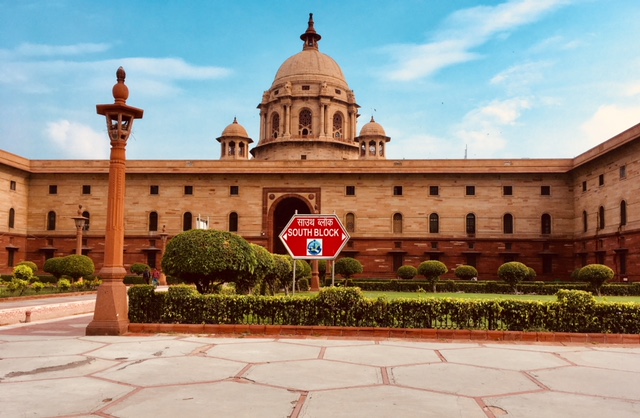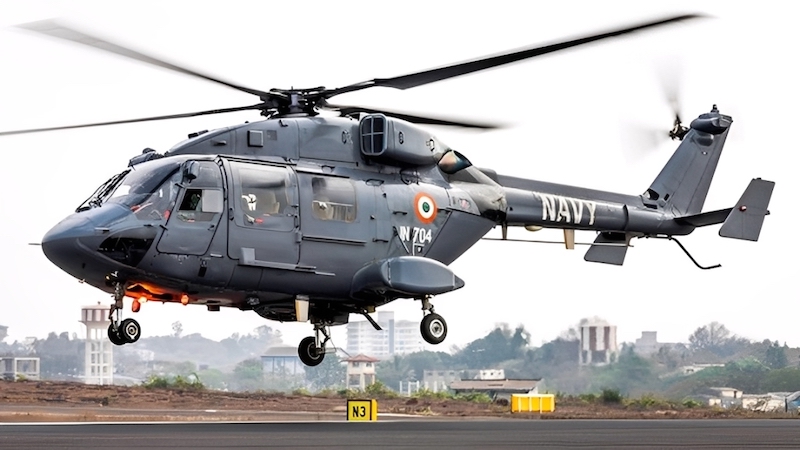 A portrait of Rifleman Jaswant Singh Rawat.
A portrait of Rifleman Jaswant Singh Rawat.
During the last phase of the 1962 India-China war, the Indian Army units fighting in the North-East Frontier Agency (Nefa), now Arunachal Pradesh, were struggling with an acute shortage of manpower and ammunition. On November 17, 1962, Rifleman Jaswant Singh Rawat’s battalion was subjected to repeated Chinese assaults near Se-la in Nefa’s Tawang sector. And what the soldier did on that day has entered the annals of Indian military history.
Today, August 19, is his birthday. On this day, India Sentinels brings you some details of Rifleman Jaswant Singh Rawat.
Birth and joining the Indian Army
Jaswant Singh Rawat was born on August 19, 1941, to Guman Singh Rawat, at a village named Baryun, which is in the Pauri Garhwal district of Uttarakhand today. He joined the Indian Army as a 19-year-old young man on August 19, 1960 – two years before the war with China broke out.
Rawat was recruited into 4 Garhwal Rifles of the famed Garhwal Rifles Regiment, which is renowned for its gallantry and battle honours in various operations.
 Rifleman Jaswant Singh Rawat (in red circle).
Rifleman Jaswant Singh Rawat (in red circle).
Jaswant Singh Rawat’s heroics in 1962 war
During a battle in the 1962 war, which was later named the Battle of Nuranang, Jaswant Singh Rawat and his brother soldiers were overwhelmingly outnumbered and outgunned, eventually to fall and get severely wounded one by one. Seeing no one around him to carry on the fight, Rifleman Jaswant Singh Rawat singlehandedly held off over 300 Chinese soldiers for 72 hours in the icy heights of Se-la with just one machine gun before laying down his life.
 A section of the site of the battle showing Indian and Chinese troops engaging in a fight. (Photo: Twitter/@ManiSudhanshu58)
A section of the site of the battle showing Indian and Chinese troops engaging in a fight. (Photo: Twitter/@ManiSudhanshu58)
What had happened on November 17, 1962?
According to an official, the Chinese soldiers had advanced attacks on the Indian Army post at 5am that day. Rifleman Jaswant Singh along with other soldiers beat back two China’s PLA groups. Then the Chinese started firing from an MMG (medium machine gun) from a close range. Rawat along with Lance Naik Trilok Singh Negi and Rifleman Gopal Singh Gusain tried to subdue the MMG.
Rawat and Gusain, with covering fire from Negi, tried to seize the MMG. While returning, Gusain and Negi lost their lives, while Rawat was severely injured.
Rawat refused to retreat and fought on. Locals say two Monpa girls from the area – Sela and Noora (also spelled Nura) – helped him. During the fight, they continuously jumped from one bunker to another to confuse the enemy as well as avoid getting hit by enemy fire. For three days, the Chinese were not able to ascertain how many Indian soldiers were engaged in the battle with them.
Thinking that a large number of Indian soldiers were firing at them, the Chinese army could not advance for 72 hours. As a result, over 300 Chinese soldiers were killed in this battle.
The Jaswant Singh Memorial at the Indian Army post. (Photo: Creative Commons/Saurabh Gupta)
Battle of Nuranang 1962: ‘The Local Story’
When Jaswant Singh Rawat was fighting against China’s People’s Liberation Army troops with the assistance of the two local girls, a man who was supplying food and other rations to Rawat was captured by the PLA soldiers.
On being interrogated, the man told the Chinese that there was only one man fighting from the bunkers. They were stunned. Then, knowing this fact, the Chinese attacked in full force. One of the girls, Sela, was killed by a grenade burst while the other girl was captured.
Rifleman Jaswant Singh Rawat killed himself with his last bullet before getting captured by the Chinese. This angered the Chinese so much that they cut his head off and took it back to China.
Later, after the ceasefire, impressed by Rawat’s bravery, the Chinese returned his head along with a brass bust of the brave soldier as a mark of honour.
Rifleman Jaswant Singh Rawat was posthumously awarded the Maha Vir Chakra – the second-highest wartime gallantry award. The defence ministry promoted him posthumously and, even after 60 years of his death, the government gives him a pension as a mark of respect.
It is being believed that he still guards his post like he used to do in 1962.
At the war memorial, there is his statue and also a “Smriti Sthal” (memorial site).
 Rifleman Jaswant Singh Rawat’s bust at the Jaswantgarh War Memorial. (Photo: Creative Commons/Sirish Tummala)
Rifleman Jaswant Singh Rawat’s bust at the Jaswantgarh War Memorial. (Photo: Creative Commons/Sirish Tummala)
The memorial and citation
When you move towards Tawang from the Se-la Tunnel, each and every bend of the mountainous trail is studded with the heroic deeds of Indian soldiers, who made the supreme sacrifice in protecting the country’s sovereignty. At Jaswant Garh, named in his memory, a war memorial was constructed years ago. It is just about 25 kilometres away from Tawang.
The memorial at the Indian Army post lies 52 kilometres southeast of Tawang and north of the Se-la Tunnel on National Highway-13’s Dirang-Tawang section.
The citation at Jaswantgarh Memorial reads:
The 4 Garhwal Rifles was awarded the “Battle Honour Nuranang”, the only battle honour awarded to an Indian Army unit in the Sino-Indian war of 1962.
 Rifleman Jaswant Singh Rawat’s portrait on a tidied bed at his memorial in Jaswantgarh, Arunachal Pradesh (Photo: Wikibiotata)
Rifleman Jaswant Singh Rawat’s portrait on a tidied bed at his memorial in Jaswantgarh, Arunachal Pradesh (Photo: Wikibiotata)
A legend lives on
At the Jaswantgarh War Memorial, Rifleman Jaswant Singh Rawat’s bed and uniform are prepared daily and his everyday requirements are kept near the statue, because the troops deployed there believe he is still present. The Army believes that if any soldier falls asleep while on duty, Rifleman Jaswant Singh slaps him and wakes him up to carry on doing his duty.










